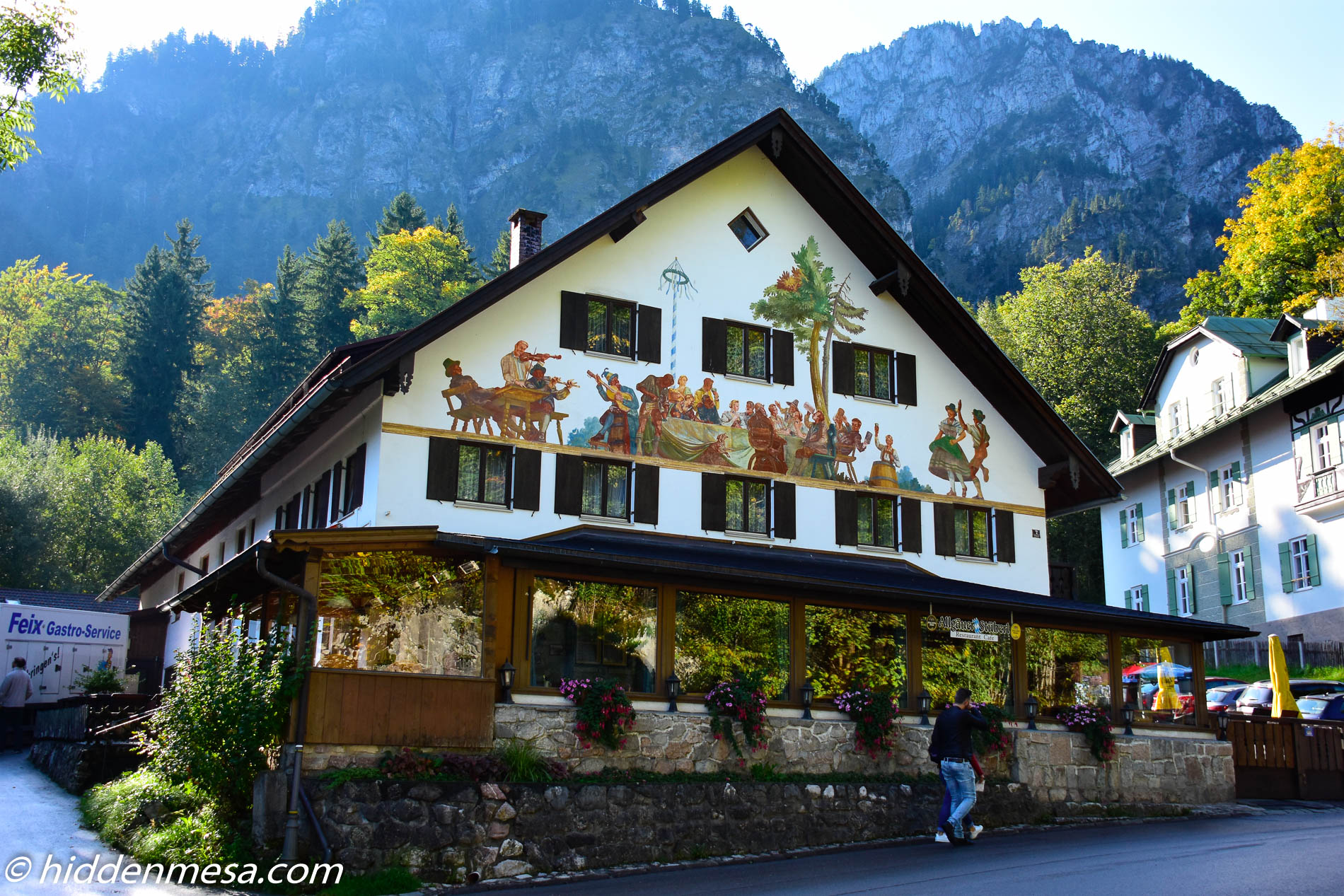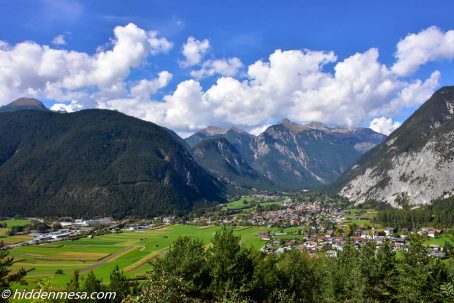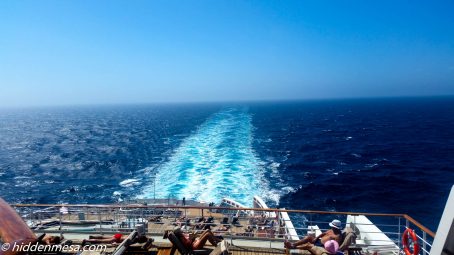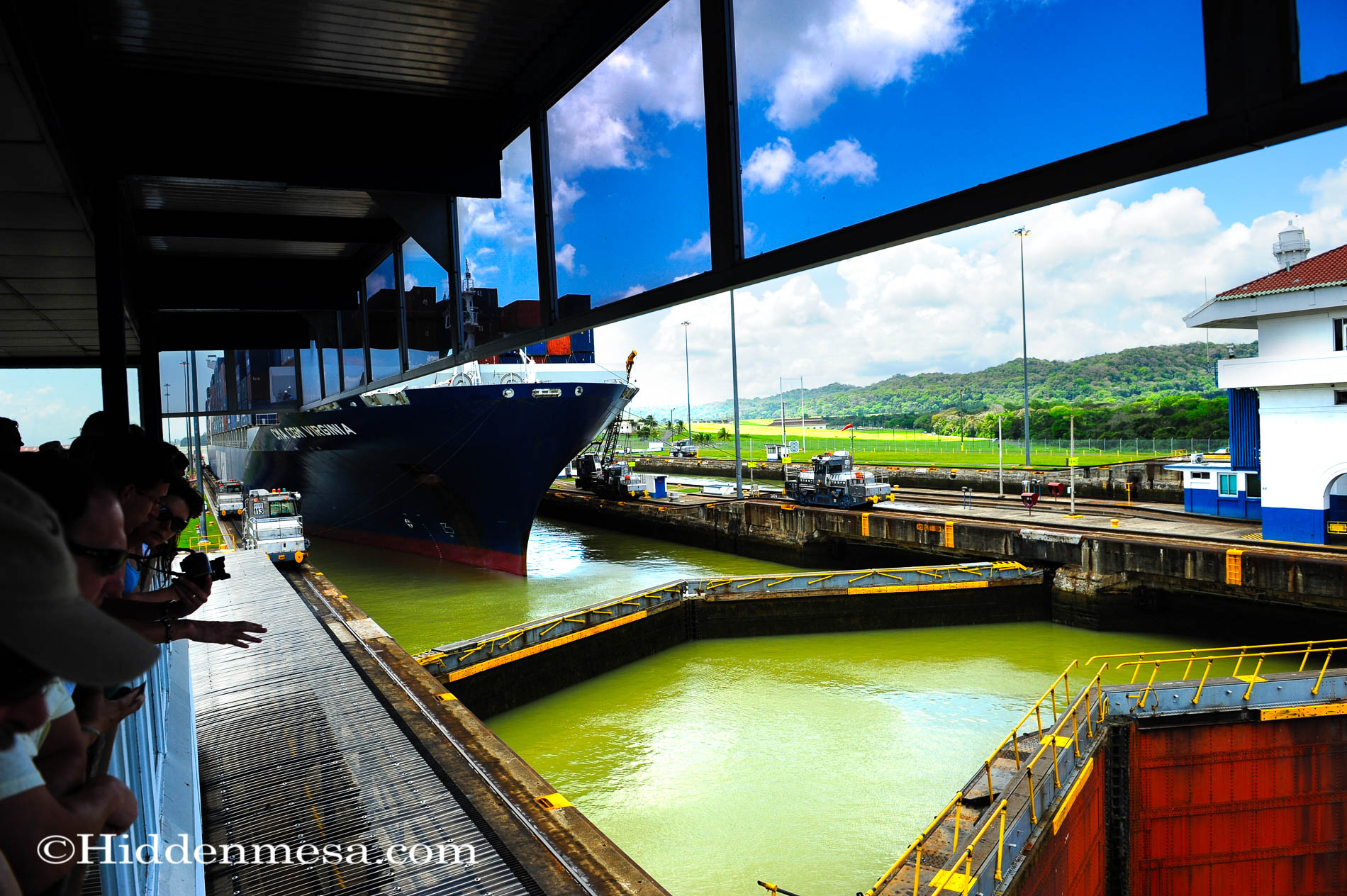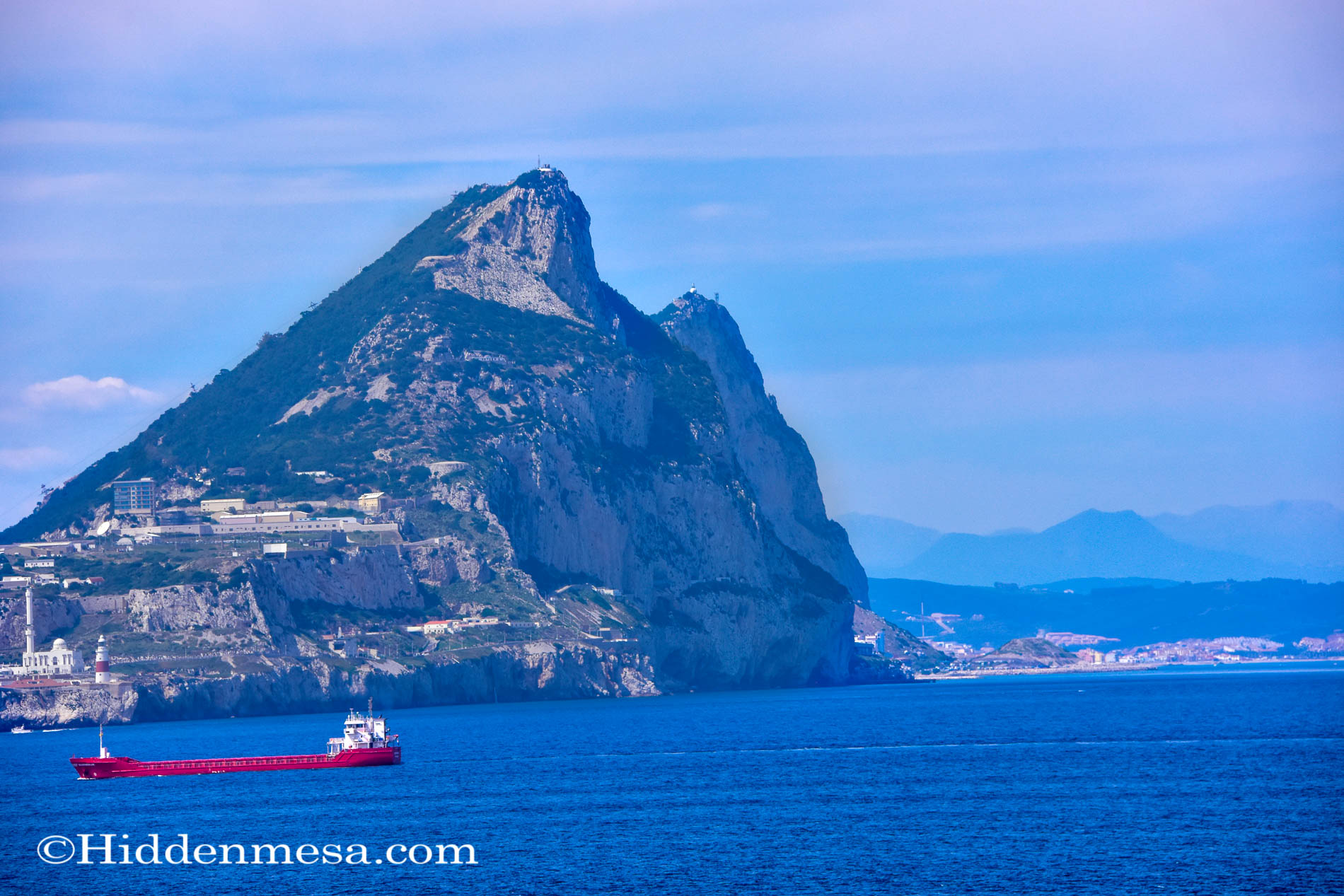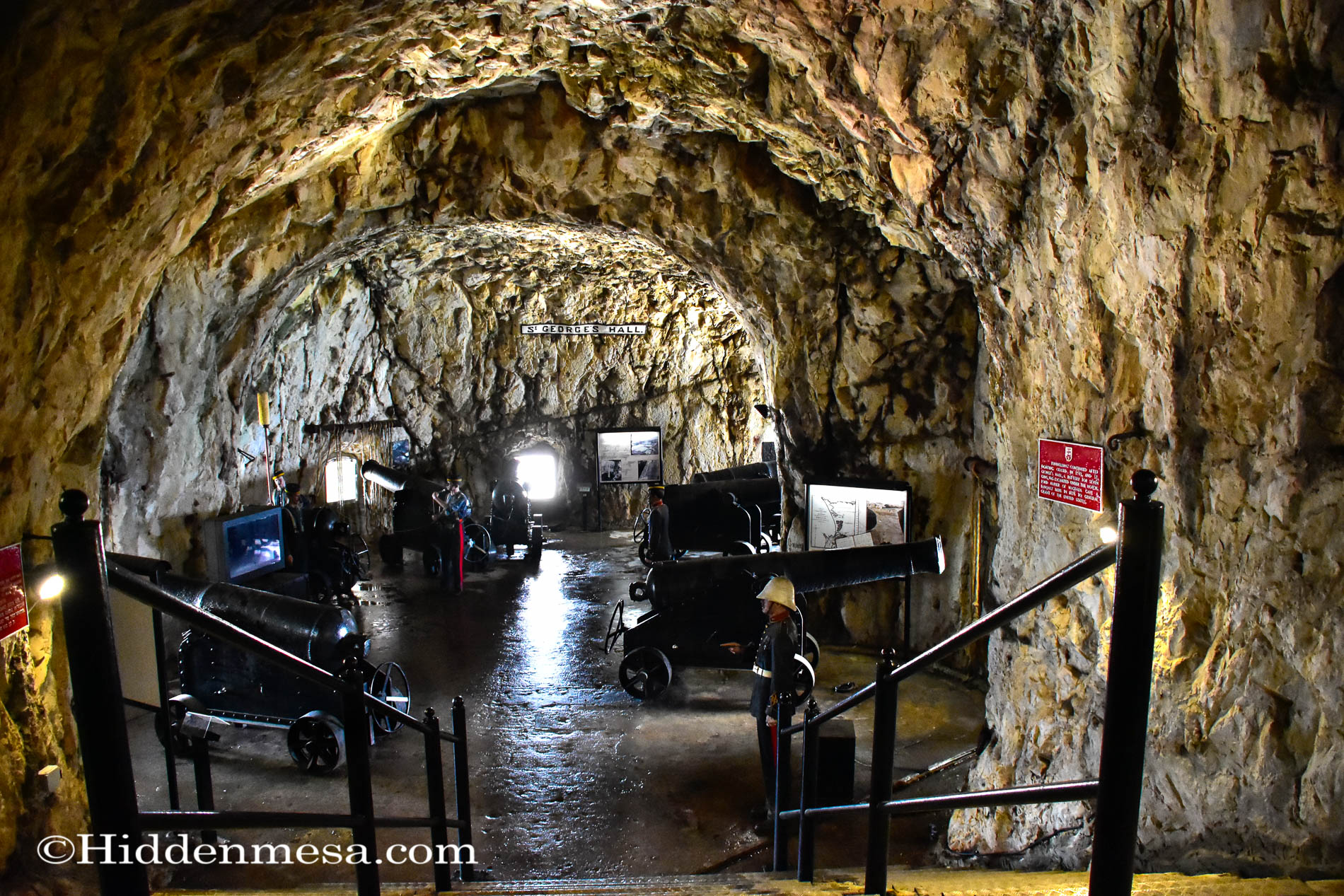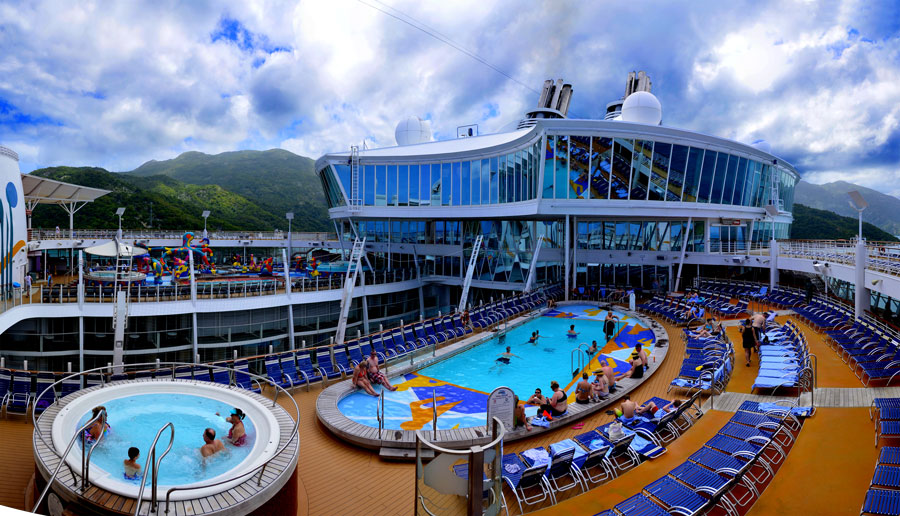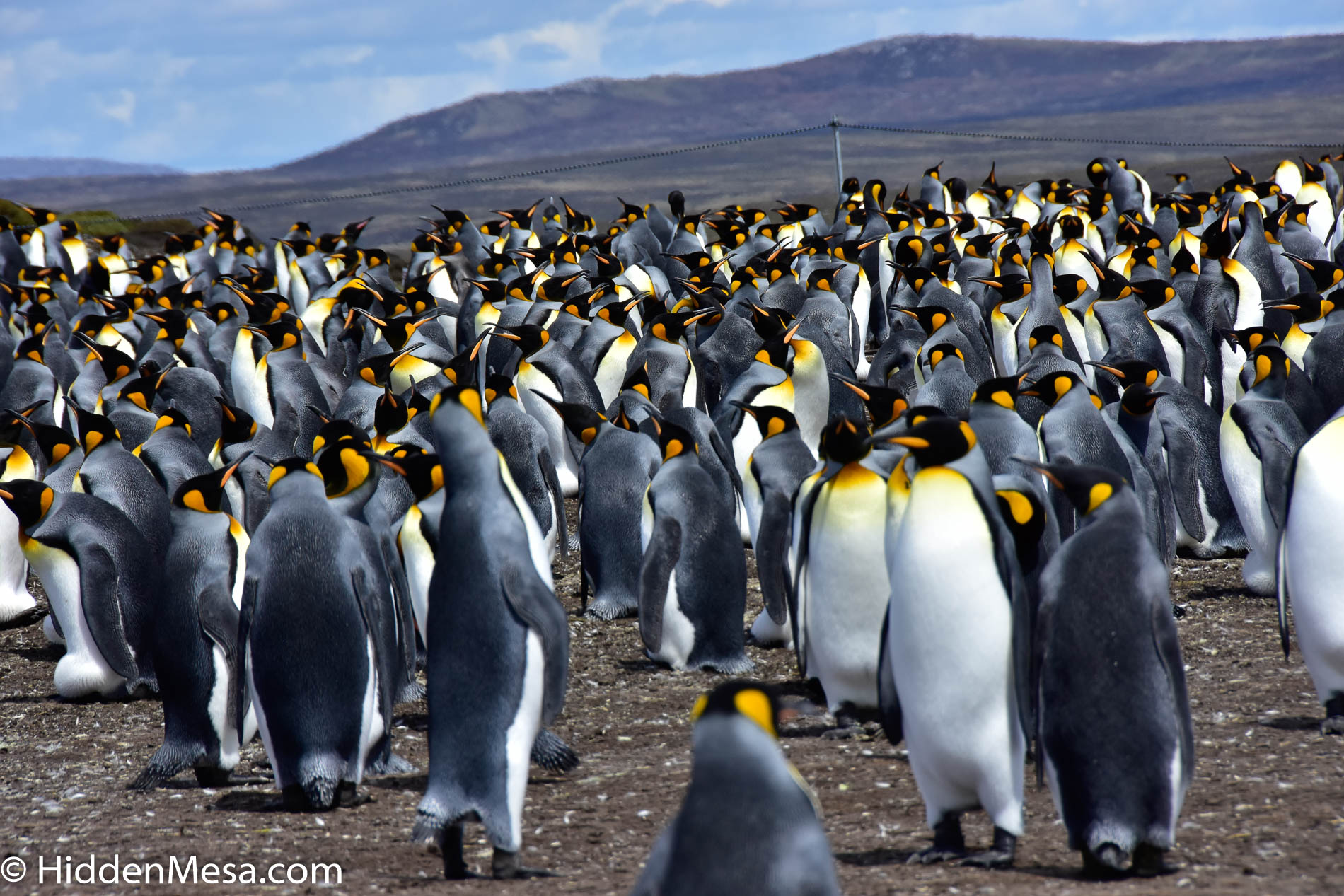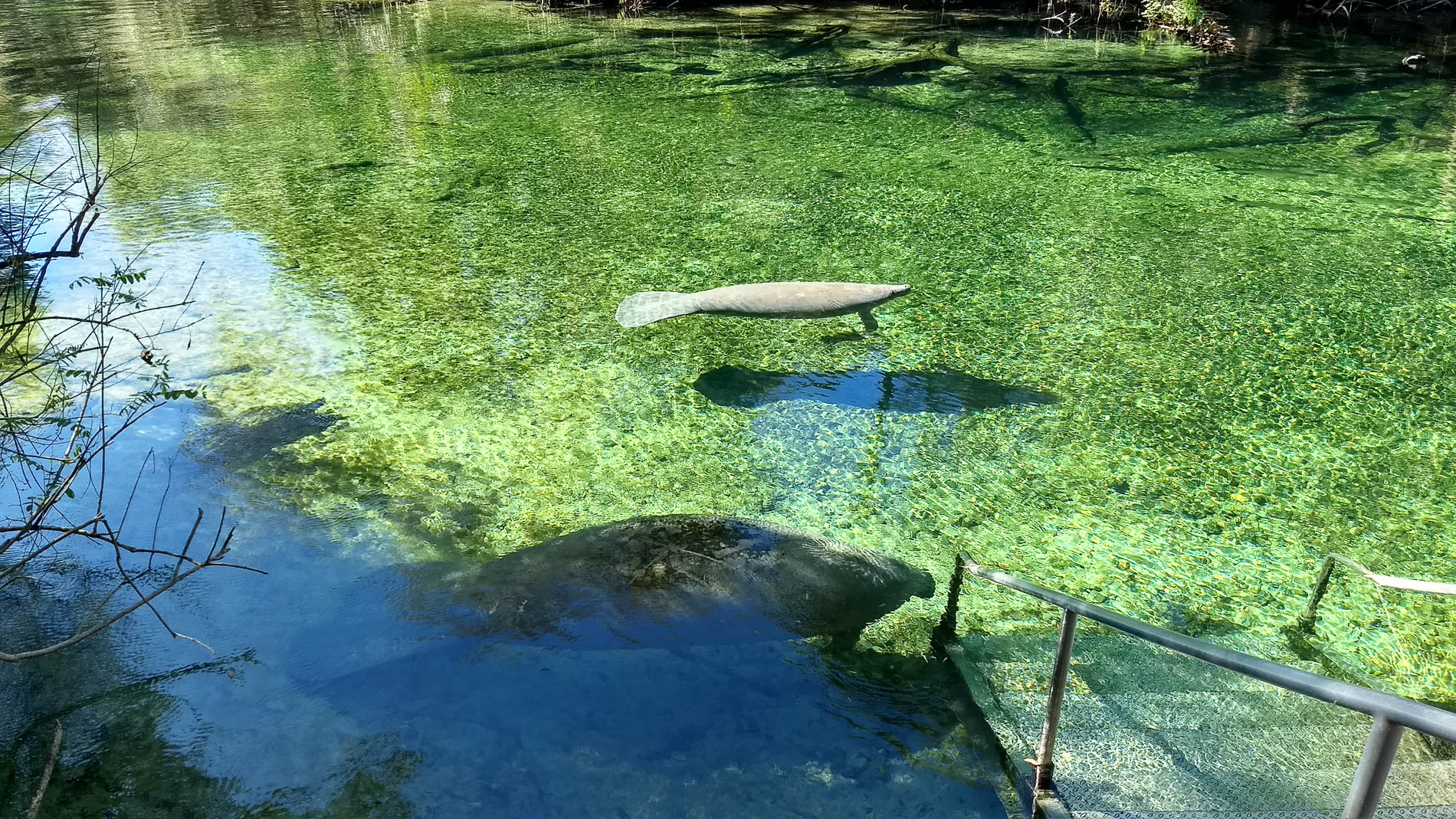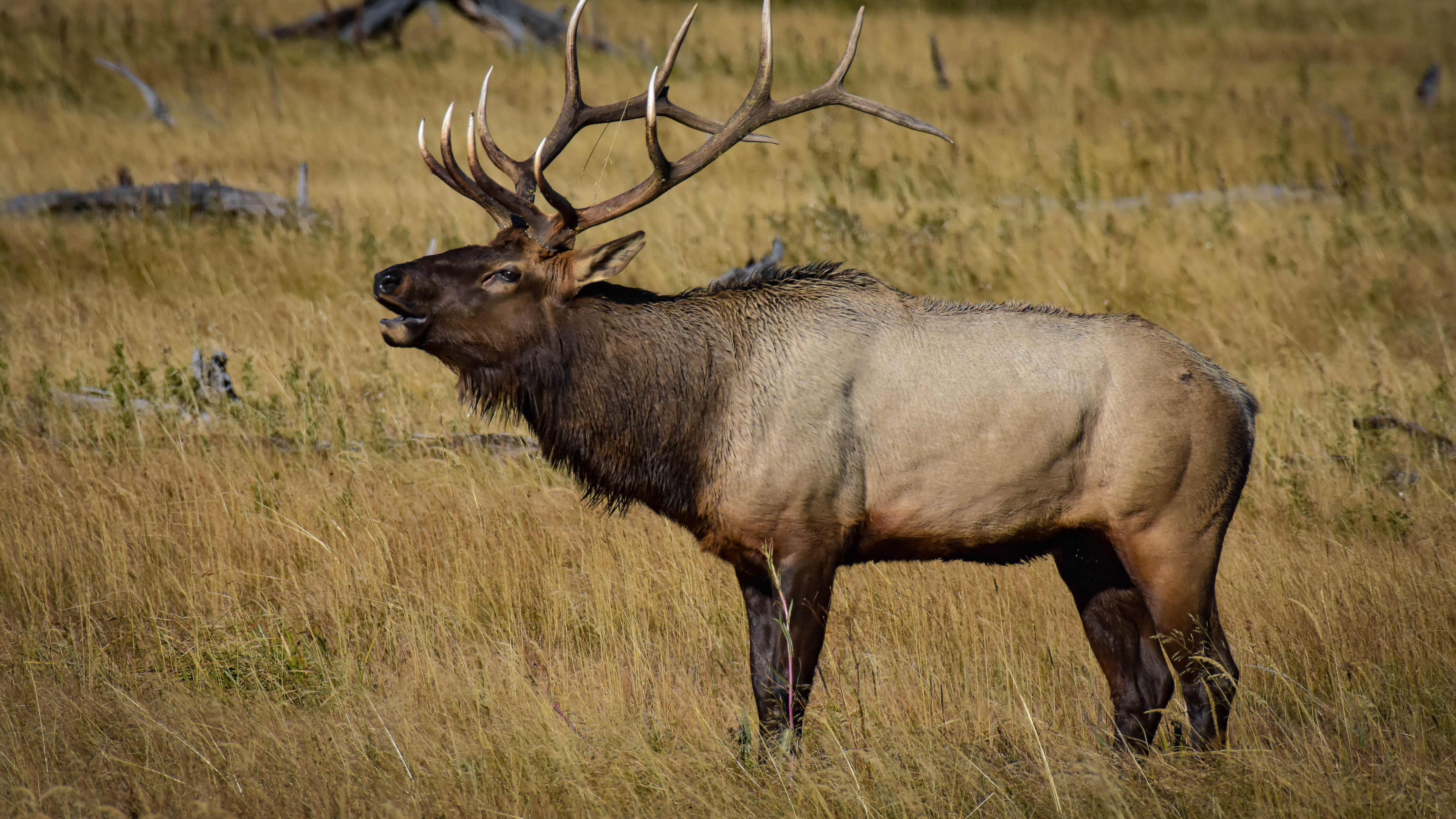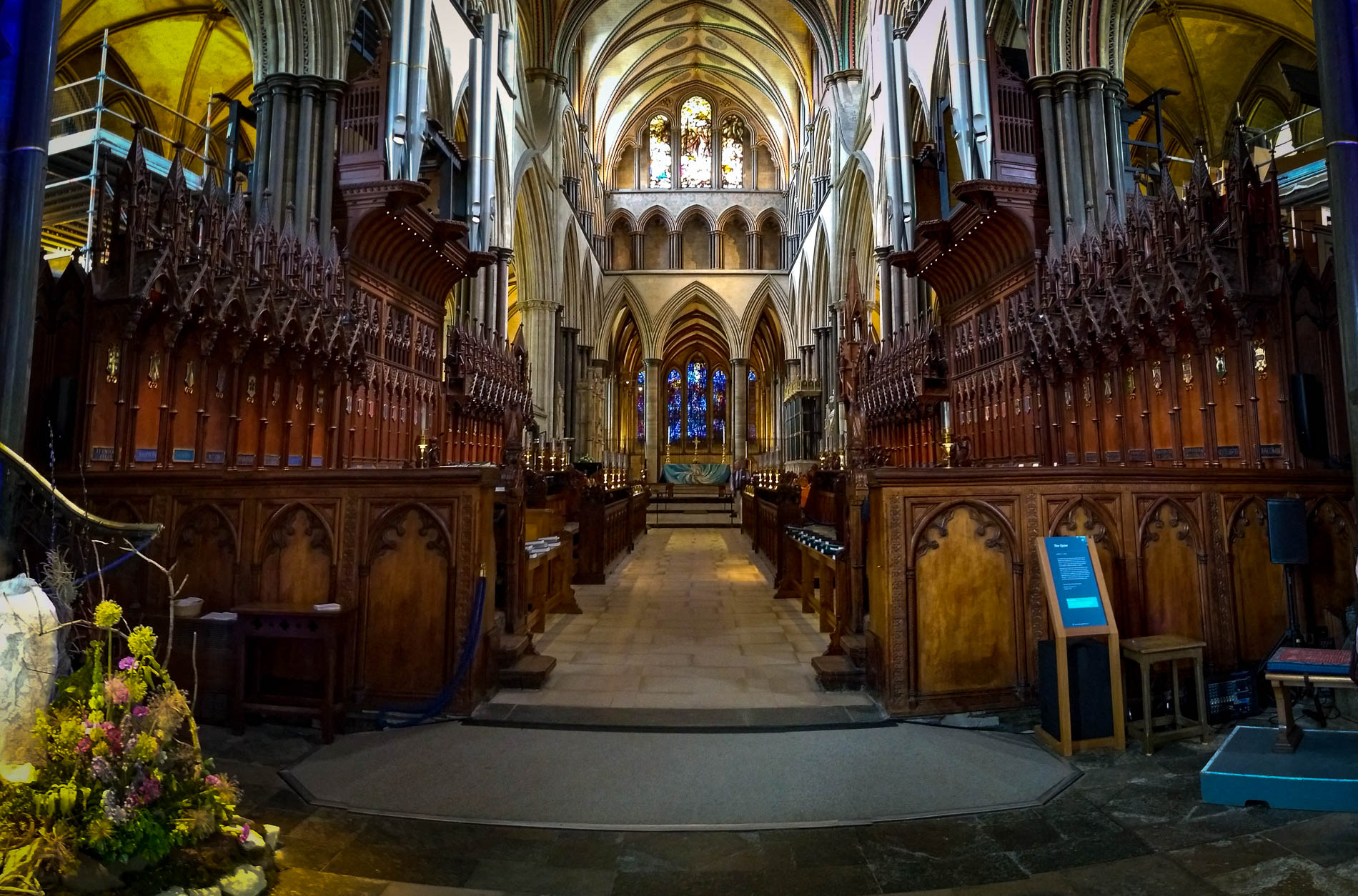We were in Schwangau last week. It’s in the southern part of Germany, on the border with Austria. In fact, some of our day trips in the car took us up into the Alps of Austria just to see the sights.
The main draw for this incredibly popular tourist town is the two pristine, 19th Century castles, Hohenschwangau and Neuschwanstein. It seems that every bus tour that visits Germany makes its way there. For such a small town with barely a cell phone signal, it seems packed with tourists.
We were here two years ago and spent the little time we had visiting the castles. We wrote about it here along with some images of the castles and surrounding area. This time we’ll be spending more time in the area, admiring the castles from afar. We don’t mind going back to a place we’ve visited before, but we usually like to spend that time doing the things we weren’t able to do the first time.
Last time we visited Schwangau we stayed at a hotel called Villa Ludwig. We were so pleased with it we decided to stay there again. We’re not people who believe you can re-create the magic of a trip simply by doing the same thing again, and we’re not necessarily interested in doing exactly the same things when we visit a place for the second time. But some things, like your hotel accommodations, are not a trivial choice. If it was good the first time, think about doing it again. And this time it paid off. Villa Ludwig was easily as good as it was the first time around. We wrote a more detailed report about the hotel here.
Lake Alpsee
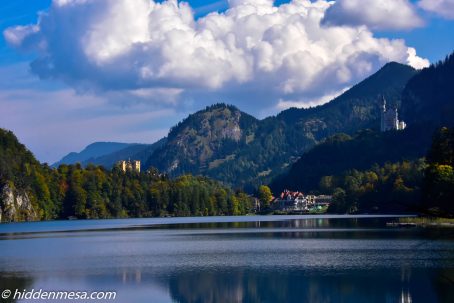
For much of the walk along the south side of Lake Alpsee, you could turn back and see both castles in Schwangau. Photo by Bonnie Fink.
There’s a small lake at the edge of town called Alpsee bie Schwangau, and of course it has a reasonably well groomed hiking trail around it. Being a lake, it’s reasonably flat and easy to walk. It takes a normal person about 1 1/2 hours to walk the perimeter of the lake, but with the nearly 400 photographs and over 50 video clips we took, the short trek in the woods took us nearly 3 hours. It would have been longer if we had used a tripod, but that’s how we do things in the woods.
At nearly every vantage point along the way, meaning every time we cared to stop and look, there was a view of one or both of the castles in the backdrop of this pristine alpine lake. The lake was flat the day we were there with almost no wind in the crisp morning air. The water seemed to be fed by a single spring, but there is a sizeable streambed that appears to be seasonable where most of the water apparently enters the lake. The water-like many of the streams and rivers in the areas-has a slight turquoise color like so many of the glacier fed rivers do in Montana, near Glacier National Park.
We enjoyed our walk around Alpsee bie Schwangau. If you visit Schwangau and you have the time, this trek in the woods is worth it. If you don’t have the time for the full five kilometers, go out and back with the time you have. If you do, head left as you face the lake. It’s the flattest part of the walk.
Austria
We also wanted to see a little more of the surrounding area this trip and we were instinctively drawn to the mountains immediately to the south of town, also known as Austria. On our second day here, we took a drive into the hills along Highway 179. It wound its way through the mountains through something called Fernpass. We saw mountain scenery that rivaled the Rockies of the northern US and British Columbia. Elevations weren’t particularly high like the Rockies, but the landscape was definitely Alpine in nature, probably because of the northern latitude. There were ferns along the forest floor in the lower areas that were starting to turn brown from the cooling evenings. The trees ranged from evergreens of various kinds to deciduous trees that were starting to change with the fall weather. Higher up along the mountains, you could see a definite tree line where the big trees suddenly stopped and only grasses and shrubs lived, and finally, higher still, there was no vegetation at all.
Photography was interesting too, again, probably because of the high latitude. The images when shot with a daylight balance rendered a bit of sunset color, along with the long shadows associated with either late afternoon shooting,or making images in the deep winter in lower latitude areas.
We drove all the way to Innsbruck, but since we didn’t have a plan for the day, and no pre-planning to visit the city, we basically turned around at the outskirts of the city. We’ll certainly come back when we have an actual plan to see the city, but this day was for looking over the mountains.
Along the way through the mountains, we couldn’t help but see several side roads that led to who knows where, but they looked inviting. Next trip down to this area we’ll see about renting a little more capable vehicle. Our little diesel powered Renault Dacia does a pretty good job on the Autobahn, but didn’t seem too willing to go off road, four-wheeling. This trip we were resolved to enjoying the beauty from the various pull-outs along the road.
There were pull-outs with what looks like trail head parking for hiking into the hills. No doubt some research will reveal a plan of action for our next trip that will be lots of fun.
It turns out that this trip to Schwangau was more about an impromptu journey into Austria. Considering that when we showed up in town, we didn’t have a plan other than to do something we didn’t do last time, we think our time was well spent. True, we didn’t actually spend much time in town other than the hike around the lake and a couple of meals, but we had enough fun that we’ll definitely be back; probably on our next trip to Europe.

